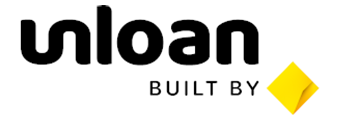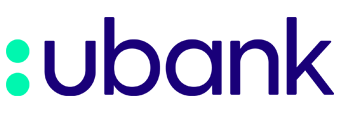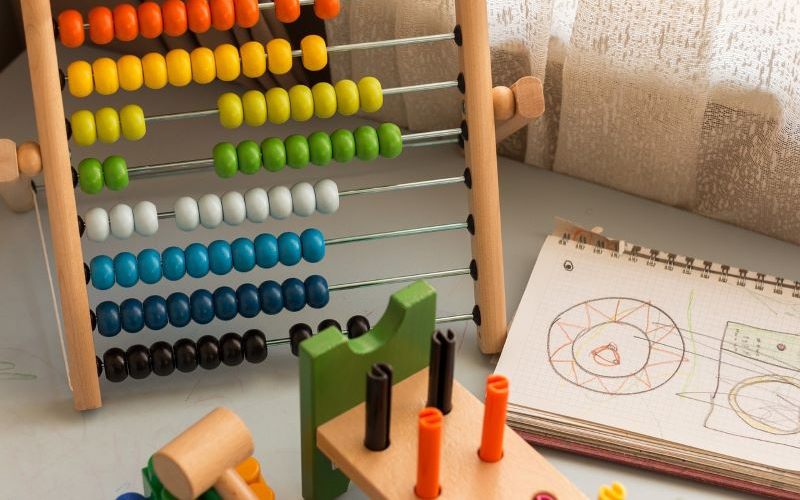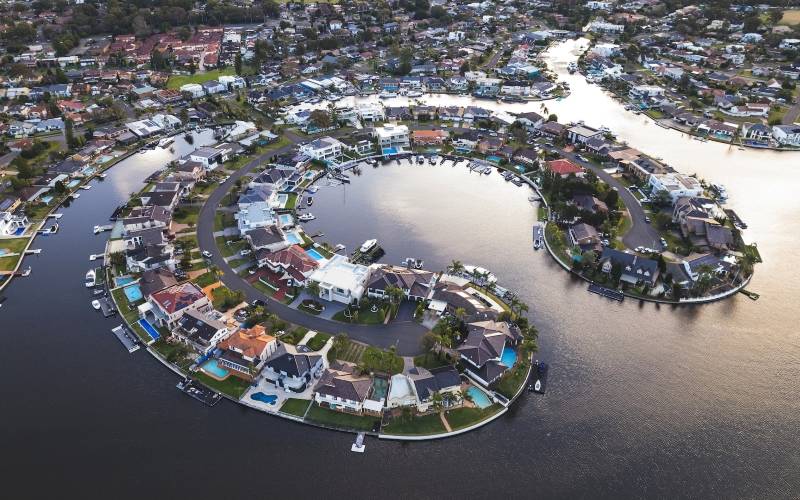The Coalition first proposed the scheme in 2022, ahead of the last federal election, and Mr Taylor told the Savings Tip Jar podcast, it would be sticking with its plan.
The Super Home Buyer Scheme would allow first homebuyers to withdraw up to 40% of their superannuation balance – capped at $50,000 – to purchase a home.
The amount withdrawn would need to be returned to the super fund after the property was sold, along with any capital gains.
Mr Taylor confirmed the scheme remains part of the Coalition’s housing policy, saying it believes in choice.
“When we make investment decisions, we should have the broadest range of choices,” he told the Savings Tip Jar.
“It’s bizarre that our superannuation money can be spent or invested on anybody’s house except your own. I think that’s just extraordinary.”
He said housing and property is an important part of anyone’s investment portfolio.
“We … know that the best indicator of whether someone’s going to have a good retirement isn’t just the superannuation they've got – that’s important – but it’s whether they own or rent,” he said.
Super funds urge caution
But a section of the superannuation industry said New Zealand's super for a house scheme should be a cautionary tale for Australia.
The profit-to-members representative body Super Members Council cited new research showing a similar scheme had spiked house prices in NZ and home ownership actually fell after the policy was introduced.
The Kiwi scheme started in 2010, with the Council claiming:
- New Zealand house prices spiked in line with withdrawals from KiwiSaver
- home ownership rates fell overall and dropped sharply for people in their 30s
- mortgages steeply increased, as did first home buyer debt levels
The Super Members Council said the key to fixing the housing crisis is building many more homes to expand supply rather than telling young people that raiding super is the answer.
Mr Taylor conceded the Coalition scheme would “obviously add demand”, but the important factor was to be adding supply and “taking away other demand”.
He said supply issues would be addressed by breaking infrastructure bottlenecks to free up new housing initiatives.
“But we also don’t need unnecessary demand,” Mr Taylor said, referring to the coalition’s policy of slowing immigration.
On episode 87 of the podcast, housing minister Clare O'Neil said such a policy would only push house prices further.
"What we don't want them [homebuyers] to do is something no generation has ever done before, and that is sacrifice their lifestyle and retirement to get housing," Minister O'Neil said.
"If all young people have access to their super then all we're doing is effectively raising house prices by the amount that they can borrow, in addition to their existing borrowing power.
"What we would be also doing is taking that money that those young people are saving for their retirement and largely giving it to a generation of people who already have a lot [as well as] sellers taking money from borrowers."
How would a Coalition government increase housing supply?
Mr Taylor said the opposition’s plan to “get supply moving” involves getting rid of unnecessary red tape and making sure that union officials aren’t controlling the housing construction industry.
He said while the Coalition is a “pro-immigration party”, immigration also has an impact on housing availability.
“We’ve seen record levels of immigration, so to put this into perspective, over half a million [migrants] a year,” Mr Taylor said.
“Traditionally it was around 250,000 or less so this is way above where we’ve been before and that does put pressure on housing, and we have to take some of that pressure away.”
The Coalition has previously announced its intention to lower immigration levels and tighten up visa restrictions.
“All of this is about supply aligned with demand ... economics is not complicated,” Mr Taylor said.
Government policy and interest rate impacts
The Coalition has been quick to link 12 interest rate rises to the current Labor government, saying interest rates and inflation are affected by far more than “just monetary policy”.
Monetary policy is the domain of the independent Reserve Bank of Australia (RBA) which is tasked with setting the cash rate, the benchmark for interest rates on wider markets, including home lending.
“How much the government spends and its other policies on the economy, those things we know from history have a big impact on interest rates and inflation,” he said.
“If the government’s not driving the economy forward, driving productivity, getting the supply side of the economy right, and the government is adding to demand by spending a lot of money, then that puts inflationary and interest rate pressures on the economy, and that’s exactly what we’ve seen.”
The RBA is due to hand down its decision on the cash rate next Tuesday (18 February) with markets pricing in a 95% chance of a 25-basis point rate cut to 4.10%.
A possible first rate cut in more than four years may buoy the Labor government’s economic credentials heading into the federal election although Mr Taylor argues Australia has been at the back of the pack in terms of lowering core inflation.
“The UK, the US, Canada, elsewhere, have not seen the core inflation we’ve had over recent years, the level, and they’ve already seen significant interest rate reduction,” he said.
RBA governor Michele Bullock has addressed this several times in the past, pointing out the cash rates in those economies were much higher than Australia’s 4.35% and had, accordingly, dropped earlier.
Advertisement
Buying a home or looking to refinance? The table below features home loans with some of the lowest interest rates on the market for owner occupiers.
| Lender | Home Loan | Interest Rate | Comparison Rate* | Monthly Repayment | Repayment type | Rate Type | Offset | Redraw | Ongoing Fees | Upfront Fees | Max LVR | Lump Sum Repayment | Additional Repayments | Split Loan Option | Tags | Row Tags | Features | Link | Compare | Promoted Product | Disclosure |
|---|---|---|---|---|---|---|---|---|---|---|---|---|---|---|---|---|---|---|---|---|---|
5.79% p.a. | 5.83% p.a. | $2,931 | Principal & Interest | Variable | $0 | $530 | 90% |
| Promoted | Disclosure | |||||||||||
5.74% p.a. | 5.65% p.a. | $2,915 | Principal & Interest | Variable | $0 | $0 | 80% |
| Promoted | Disclosure | |||||||||||
5.84% p.a. | 6.08% p.a. | $2,947 | Principal & Interest | Variable | $250 | $250 | 60% |
| Promoted | Disclosure |
Image by Oziel Gomez via Pexels

Ready, Set, Buy!
Learn everything you need to know about buying property – from choosing the right property and home loan, to the purchasing process, tips to save money and more!
With bonus Q&A sheet and Crossword!






 Denise Raward
Denise Raward

 Harrison Astbury
Harrison Astbury

 Harry O'Sullivan
Harry O'Sullivan